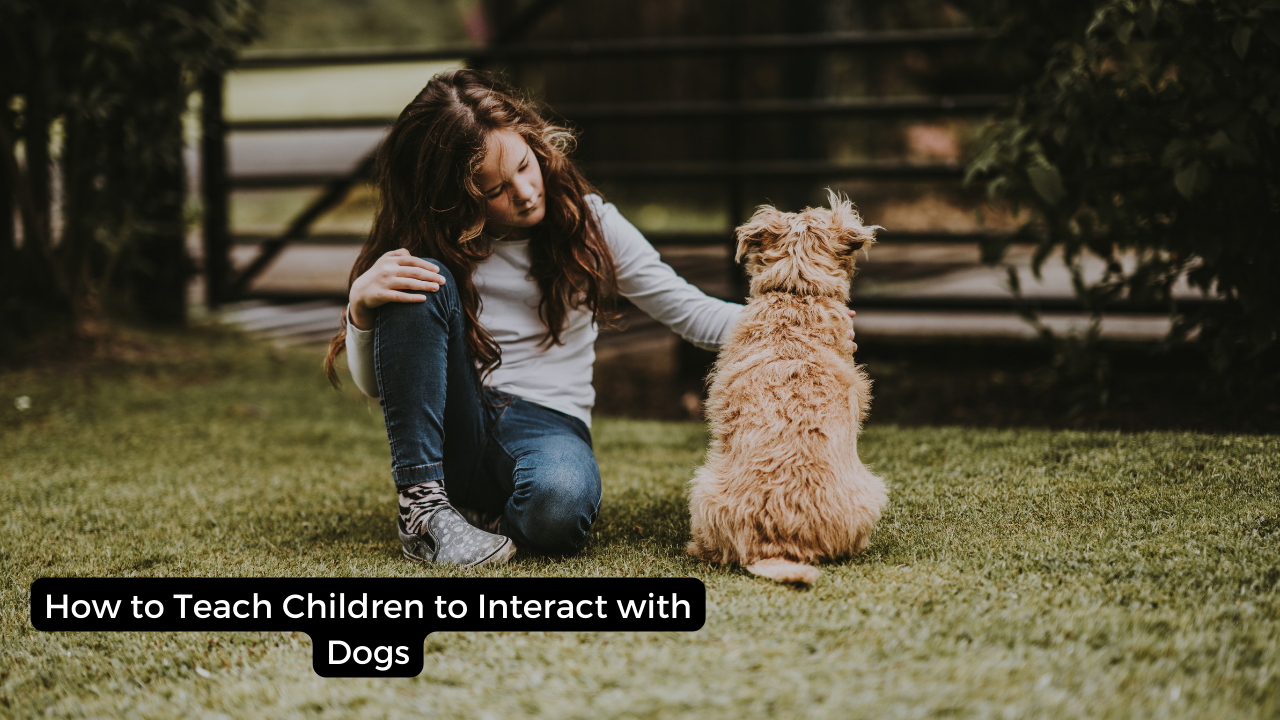Imagine a world where kids and dogs understand each other like old pals. The joy, laughter, and life lessons that come from such a bond are truly heartwarming. But, let’s be real – dogs and children don’t automatically “speak” the same language. As a parent or caregiver, it’s up to you to play translator and teach your kids the art of dog interaction. Just like teaching them their ABCs, these lessons lay the foundation for a harmonious relationship filled with wagging tails and infectious giggles.
Understanding the Pooch Perspective
Picture this: you’ve been dropped into a foreign land where everyone speaks a different language. Confusing, right? That’s exactly how dogs might feel around kids who don’t know how to communicate with them. Start by explaining to your child that dogs have their own way of talking – barks, tail wags, and even body postures. Help them decipher these cues and watch their eyes light up as they unravel the mystery.
Teaching Respectful Approach
Just like meeting a new friend, kids should approach dogs with politeness. Explain that dogs have their personal space too. It’s like waiting for your turn in a game – everyone gets a fair chance. Show them how to extend a hand for a sniff, allowing the dog to take their time to get acquainted. Comparing it to meeting a new classmate can help kids grasp this concept better.
Gentle Touch and Patience
Now, let’s talk about touch. Kids should learn to use their “gentle hands.” It’s like holding a delicate butterfly – too much pressure, and it might flutter away. Teach them that dogs enjoy soft strokes rather than rough pats. And guess what? This is just like nurturing a tiny plant to help it grow big and strong.
The Golden Rule: No Tails or Ears
Here’s a rule that’s easy to remember: no pulling on tails or ears! It’s similar to not tugging on someone’s hair or ears. Dogs don’t like it, and it can make them uncomfortable. Explain that dogs have feelings too, just like we do.
Playtime Etiquette
Kids love playtime, and so do dogs! Help your child understand that playing is a bit like a dance – both partners need to enjoy it. When dogs stop playing or move away, it’s like a signal that they need a break. Encourage kids to watch for these cues, just as they might notice when a friend is tired during a game.
Speaking Kindly
Imagine you’re having a chat with a friend. You’d use nice words and a friendly tone, right? It’s the same with dogs. Teach kids to use calm, happy voices around dogs. This helps dogs feel relaxed, just like when we chat with our buddies.
The Power of Rewards
Rewards make everyone happy, dogs included! Explain to your child that when dogs follow good behavior, they earn treats. It’s like getting a gold star for completing homework or sharing toys. This encourages kids to see the importance of positive behavior.
Saying Goodbye Gracefully
Saying goodbye can be tough, but it’s important to teach kids to do it gently. Explain that waving goodbye is like sending a little “see you later” message. This way, kids can understand that dogs also need a nice farewell.
Conclusion
In this beautiful journey of teaching kids to interact with dogs, patience and understanding play pivotal roles. Just as children learn their ABCs step by step, they can learn the language of dogs too. By comparing dog interactions to everyday scenarios, children can grasp the concept with ease. So, get ready to watch the heartwarming friendship between your child and their furry companion bloom like a vibrant garden.
FAQs
Can all dogs be approached the same way?
Not exactly. Every dog is unique, just like people. Some might be shy, while others are super playful. It’s important to watch their body language to know how to approach them.
Are there any signs that a dog is feeling scared?
Yes, indeed. If a dog tucks its tail between its legs, avoids eye contact, or tries to move away, it might be feeling scared or uncomfortable.
Is it okay to hug a dog tightly?
Dogs don’t understand hugs like we do. Tight hugs might make them feel trapped or uneasy. Gentle pats are a better way to show affection.
Can I feed a dog anything I’m eating?
Nope, not everything. Some human foods are not safe for dogs, like chocolate or grapes. Stick to dog-friendly treats.
Do dogs like being dressed up in costumes?
Dogs have their own fur coats, so they don’t need clothes like we do. While some dogs might tolerate costumes, it’s important to ensure they’re comfortable and not stressed.
